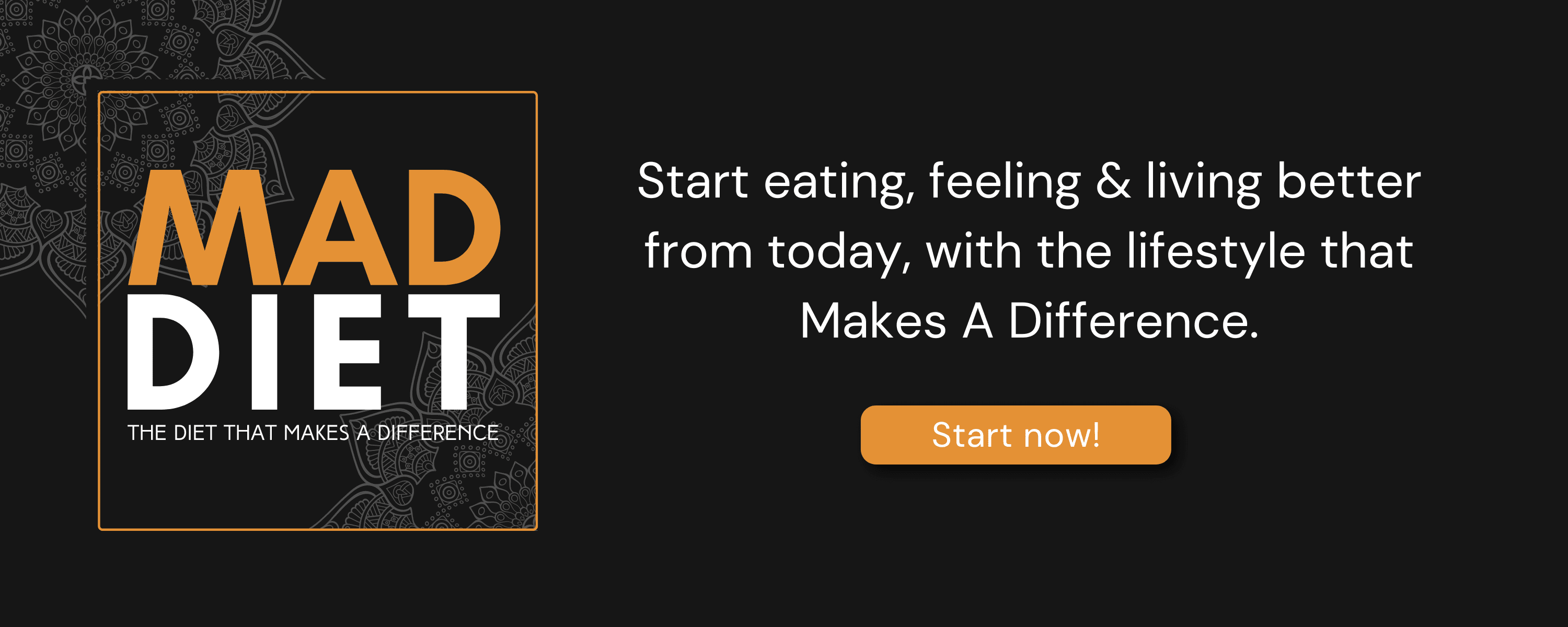Raw Milk: Do its Benefits Outweigh the Dangers?
Raw milk advocates argue that it has superior health and nutritional benefits and that pasteurisation eliminates these advantages. However, government and health experts disagree and advise against consuming it.

Milk is a nutritious food that provides protein, vitamins, minerals, and fatty acids.
Prior to the introduction of pasteurisation in the early to mid-1900s, all milk was consumed raw, in its natural, unprocessed state.
With the growing popularity of natural, local, farm-sourced foods and the perception that raw milk is healthier, its consumption is increasing.
This article looks at the evidence to determine the benefits and dangers of drinking raw milk.
Raw milk has not been pasteurised or homogenised. It primarily comes from cows but also goats, sheep, buffalo, or even camels. It can be used to make a variety of products, including cheese, yogurt, and ice cream.
Raw milk advocates argue that it’s a complete, natural food containing more amino acids, antimicrobials, vitamins, minerals, and fatty acids than pasteurised milk. They also claim that it’s a better choice for those with lactose intolerance, asthma, and autoimmune and allergic conditions.
Pasteurisation was introduced in response to an epidemic of bovine (cow) tuberculosis in the United States and Europe in the early 1900s. An estimated 65,000 people died over a 25-year period from consuming contaminated dairy. Some raw milk advocates argue that many of the harmful bacteria destroyed by pasteurisation, such as tuberculosis, are no longer an issue and that pasteurisation no longer serves a purpose. Furthermore, they claim that the heating process during pasteurisation reduces the overall nutrition and health benefits of milk.
However, most of these claims are not backed up by science.
Risks of Raw Milk
Due to its neutral pH and high nutritional and water contents, milk is an ideal feeding ground for bacteria. Milk essentially comes from a sterile environment within the animal. From the moment the animal is milked, the potential for contamination begins with the udder, skin, feces, milking equipment, handling, and storage. Contaminations are not visible to the naked eye and are often not detectable until growth is significant. Most — but not necessarily all — bacteria are destroyed during pasteurisation. The ones that survive mostly do so in a damaged, non-viable form. Studies show that raw milk contains significantly higher quantities of harmful and introduced bacteria than pasteurised milk. Keeping milk refrigerated helps suppress bacterial growth, no matter whether it’s raw or pasteurised.
Also Read: How to handle fresh fruits and vegetables







